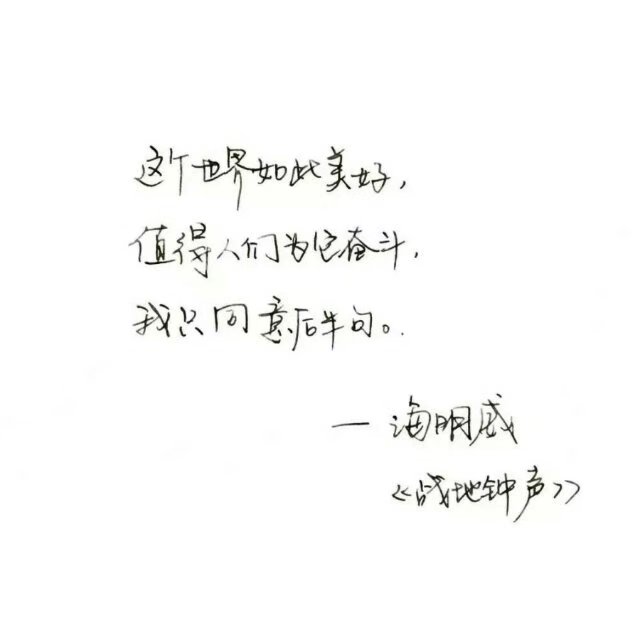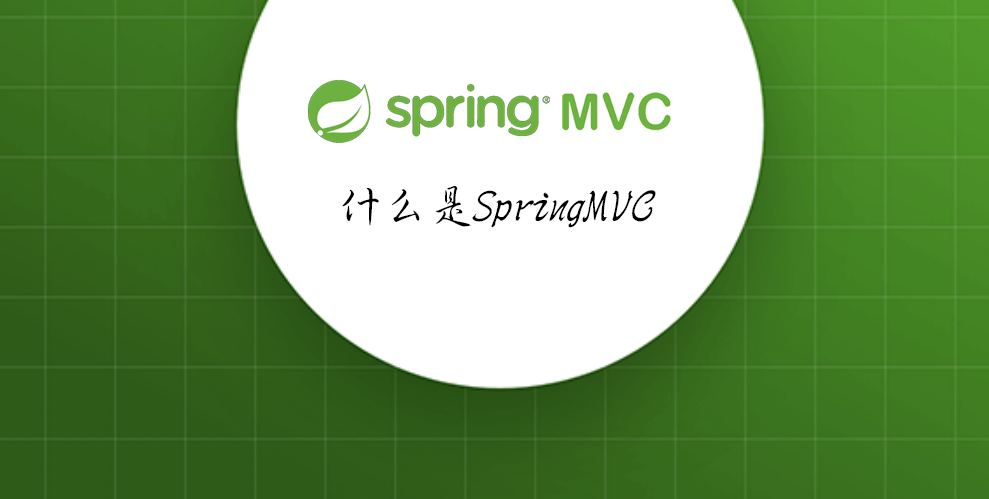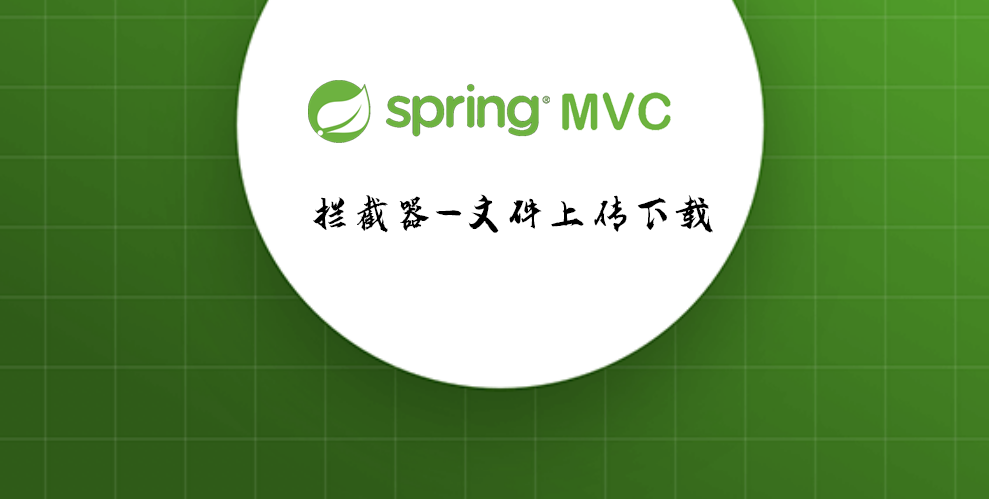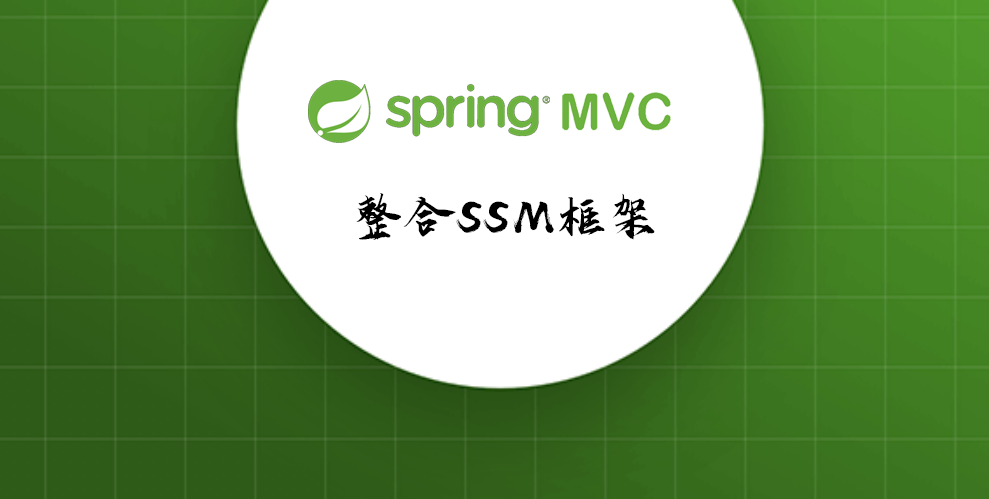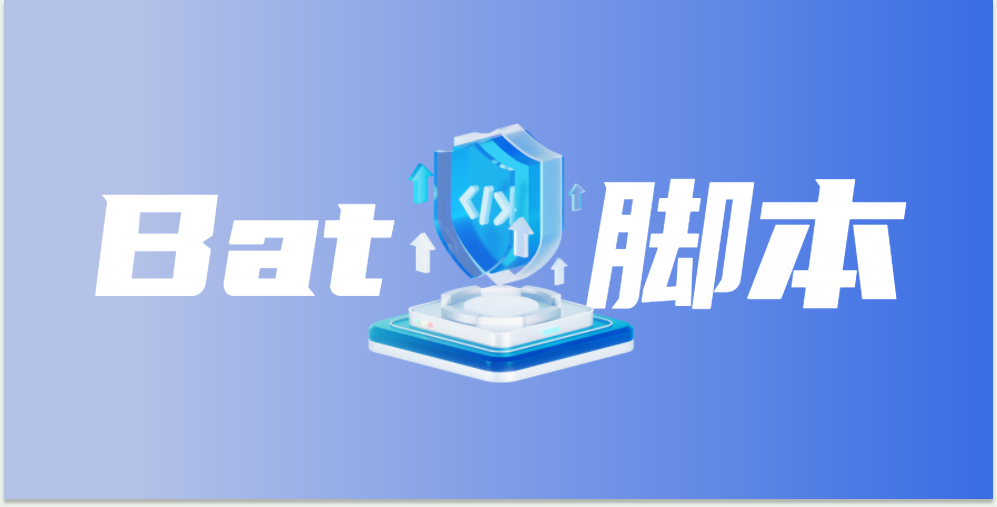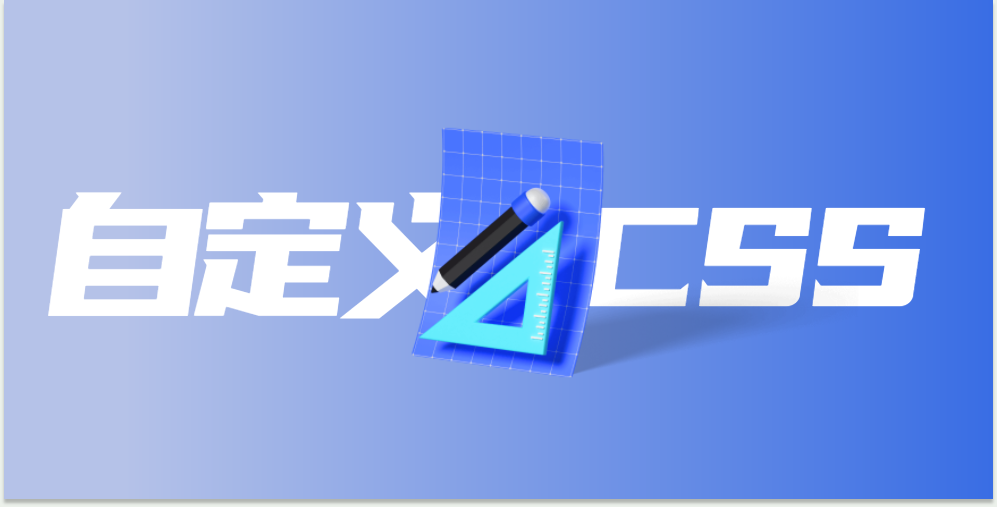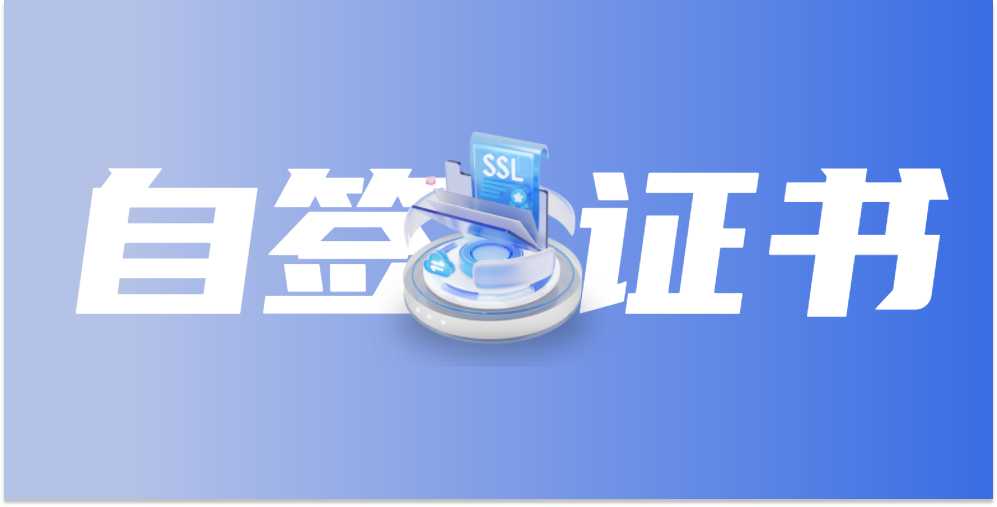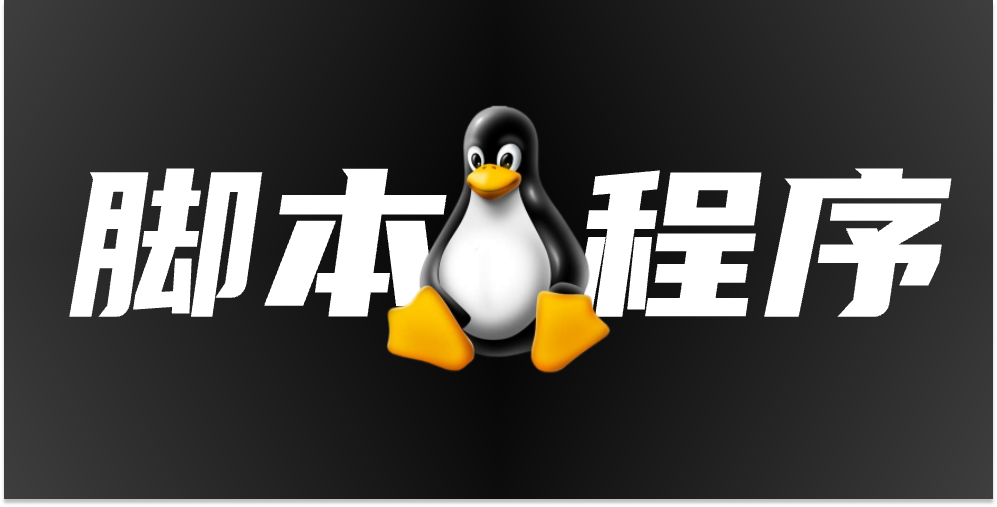SpringMVC 数据处理及跳转

SpringMVC 数据处理及跳转
LuckyTiger结果跳转方式
ModelAndView
设置ModelAndView对象 , 根据view的名称 , 和视图解析器跳到指定的页面 .
页面 : {视图解析器前缀} + viewName +{视图解析器后缀}
1 | <!-- 视图解析器 --> |
对应的controller类
1 | public class ControllerTest1 implements Controller { |
ServletAPI
通过设置ServletAPI , 不需要视图解析器 .
- 通过HttpServletResponse进行输出
- 通过HttpServletResponse实现重定向
- 通过HttpServletResponse实现转发
1 |
|
SpringMVC
通过SpringMVC来实现转发和重定向 - 无需视图解析器;
测试前,需要将视图解析器注释掉
1 |
|
通过SpringMVC来实现转发和重定向 - 有视图解析器;
重定向 , 不需要视图解析器 , 本质就是重新请求一个新地方嘛 , 所以注意路径问题.
可以重定向到另外一个请求实现 .
1 |
|
数据处理
处理提交数据
交的域名称和处理方法的参数名一致
提交数据 : http://localhost:8080/hello?name=zhangsan
处理方法 :
1
2
3
4
5
public String hello(String name){
System.out.println(name);
return "hello";
}后台输出 : zhangsan
提交的域名称和处理方法的参数名不一致
提交数据 : http://localhost:8080/hello?username=zhangsan
处理方法 :
1
2
3
4
5
6//@RequestParam("username") : username提交的域的名称 .
public String hello( String name){
System.out.println(name);
return "hello";
}后台输出 : zhangsan
提交的是一个对象
要求提交的表单域和对象的属性名一致 , 参数使用对象即可]
实体类
1
2
3
4
5
6
7
8public class User {
private int id;
private String name;
private int age;
//构造
//get/set
//tostring()
}提交数据 : http://localhost:8080/mvc04/user?name=zhangsan&id=1&age=15
处理方法
1
2
3
4
5
public String user(User user){
System.out.println(user);
return "hello";
}后台输出 : User { id=1, name=’zhangsan’, age=15 }
说明:如果使用对象的话,前端传递的参数名和对象名必须一致,否则就是null。
数据显示到前端
第一种 : 通过ModelAndView
1 | public class ControllerTest1 implements Controller { |
第二种 : 通过ModelMap
ModelMap
1 |
|
第三种 : 通过Model
Model
1 |
|
对比
就对于新手而言简单来说使用区别就是:
1 | Model 只有寥寥几个方法只适合用于储存数据,简化了新手对于Model对象的操作和理解; |
乱码问题
测试步骤:
我们可以在首页编写一个提交的表单
1
2
3
4<form action="/e/t" method="post">
<input type="text" name="name">
<input type="submit">
</form>后台编写对应的处理类
1
2
3
4
5
6
7
8
public class Encoding {
public String test(Model model,String name){
model.addAttribute("msg",name); //获取表单提交的值
return "test"; //跳转到test页面显示输入的值
}
}输入中文测试,发现乱码
不得不说,乱码问题是在我们开发中十分常见的问题,也是让我们程序猿比较头大的问题!
以前乱码问题通过过滤器解决 , 而SpringMVC给我们提供了一个过滤器 , 可以在web.xml中配置 .
修改了xml文件需要重启服务器!
1 | <filter> |
但是我们发现 , 有些极端情况下.这个过滤器对get的支持不好 .
处理方法 :
修改tomcat配置文件 :设置编码!
1
2
3<Connector URIEncoding="utf-8" port="8080" protocol="HTTP/1.1"
connectionTimeout="20000"
redirectPort="8443" />自定义过滤器
1
2
3
4
5
6
7
8
9
10
11
12
13
14
15
16
17
18
19
20
21
22
23
24
25
26
27
28
29
30
31
32
33
34
35
36
37
38
39
40
41
42
43
44
45
46
47
48
49
50
51
52
53
54
55
56
57
58
59
60
61
62
63
64
65
66
67
68
69
70
71
72
73
74
75
76
77
78
79
80
81
82
83
84
85
86
87
88
89
90
91
92
93
94
95
96
97
98
99
100
101
102
103
104
105
106
107
108package com.kuang.filter;
import javax.servlet.*;
import javax.servlet.http.HttpServletRequest;
import javax.servlet.http.HttpServletRequestWrapper;
import javax.servlet.http.HttpServletResponse;
import java.io.IOException;
import java.io.UnsupportedEncodingException;
import java.util.Map;
/**
* 解决get和post请求 全部乱码的过滤器
*/
public class GenericEncodingFilter implements Filter {
public void destroy() {
}
public void doFilter(ServletRequest request, ServletResponse response, FilterChain chain) throws IOException, ServletException {
//处理response的字符编码
HttpServletResponse myResponse=(HttpServletResponse) response;
myResponse.setContentType("text/html;charset=UTF-8");
// 转型为与协议相关对象
HttpServletRequest httpServletRequest = (HttpServletRequest) request;
// 对request包装增强
HttpServletRequest myrequest = new MyRequest(httpServletRequest);
chain.doFilter(myrequest, response);
}
public void init(FilterConfig filterConfig) throws ServletException {
}
}
//自定义request对象,HttpServletRequest的包装类
class MyRequest extends HttpServletRequestWrapper {
private HttpServletRequest request;
//是否编码的标记
private boolean hasEncode;
//定义一个可以传入HttpServletRequest对象的构造函数,以便对其进行装饰
public MyRequest(HttpServletRequest request) {
super(request);// super必须写
this.request = request;
}
// 对需要增强方法 进行覆盖
public Map getParameterMap() {
// 先获得请求方式
String method = request.getMethod();
if (method.equalsIgnoreCase("post")) {
// post请求
try {
// 处理post乱码
request.setCharacterEncoding("utf-8");
return request.getParameterMap();
} catch (UnsupportedEncodingException e) {
e.printStackTrace();
}
} else if (method.equalsIgnoreCase("get")) {
// get请求
Map<String, String[]> parameterMap = request.getParameterMap();
if (!hasEncode) { // 确保get手动编码逻辑只运行一次
for (String parameterName : parameterMap.keySet()) {
String[] values = parameterMap.get(parameterName);
if (values != null) {
for (int i = 0; i < values.length; i++) {
try {
// 处理get乱码
values[i] = new String(values[i]
.getBytes("ISO-8859-1"), "utf-8");
} catch (UnsupportedEncodingException e) {
e.printStackTrace();
}
}
}
}
hasEncode = true;
}
return parameterMap;
}
return super.getParameterMap();
}
//取一个值
public String getParameter(String name) {
Map<String, String[]> parameterMap = getParameterMap();
String[] values = parameterMap.get(name);
if (values == null) {
return null;
}
return values[0]; // 取回参数的第一个值
}
//取所有值
public String[] getParameterValues(String name) {
Map<String, String[]> parameterMap = getParameterMap();
String[] values = parameterMap.get(name);
return values;
}
}
这个也是我在网上找的一些大神写的,一般情况下,SpringMVC默认的乱码处理就已经能够很好的解决了!
然后在web.xml中配置这个过滤器即可!
乱码问题,需要平时多注意,在尽可能能设置编码的地方,都设置为统一编码 UTF-8!
